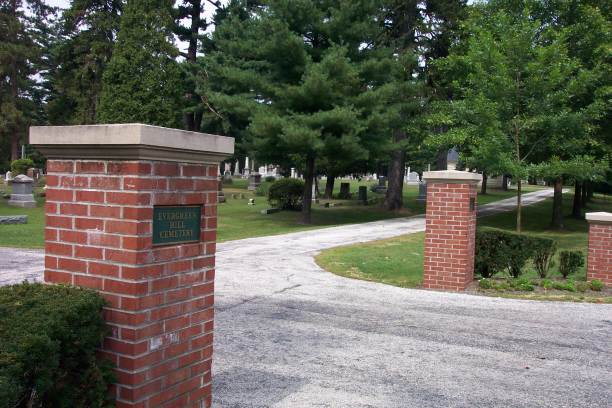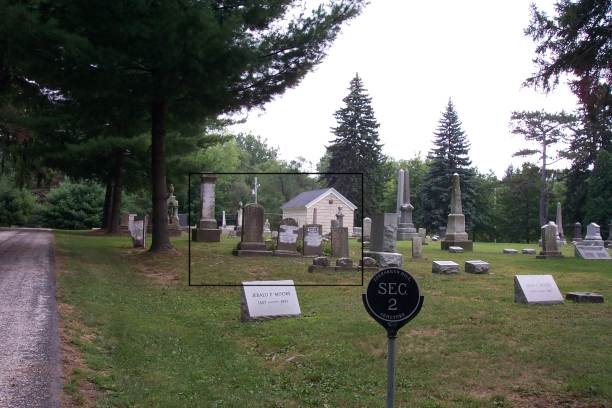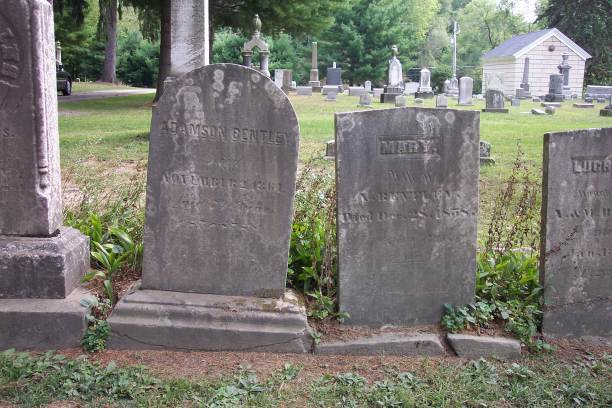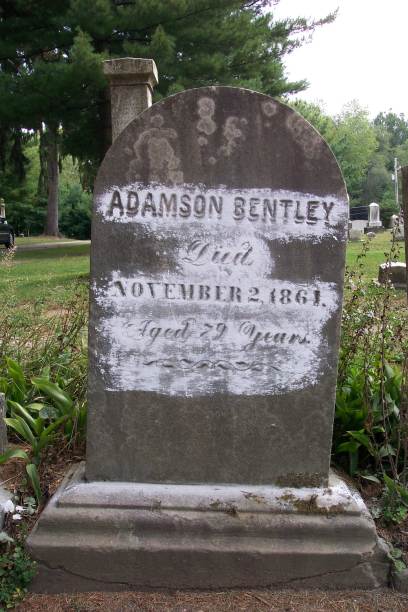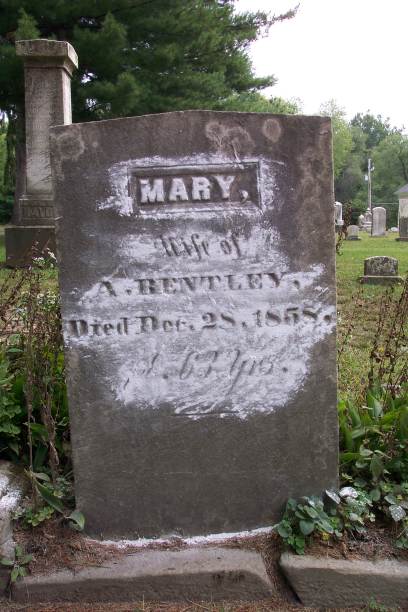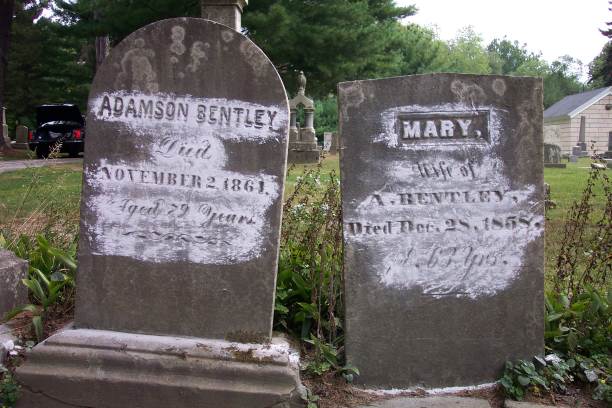Adamson Bentley
1788-1864 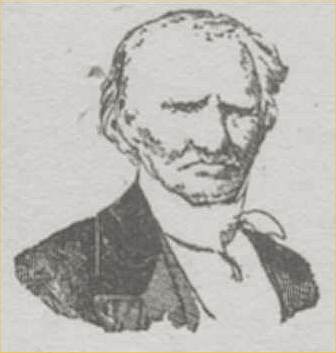
Sketch From History of the Disciples of Christ in Ohio
Alanson Wilcox, p.52
![]()
One of the earliest pioneers of the Western Reserve, Adamson Bentley was an early subscriber to Alexander Campbell's Christian Baptist, and was an agent for it. He espoused the teachings of Campbell boldly throughout the area, and was one of the first in Northern Ohio to do so. He was the leading preacher in the Mahoning Association for years. After the union of the forces of B.W. Stone and A. Campbell in 1832, Bentley heard the teachings of Walter Scott, and was influenced to leave the Baptist church to teach the simple gospel of the New Testament, and to be a member of it. After learning the way more perfectly, he became a zealous messenger for the cause of Christ throughout the Western Reserve. His brother-in-law was Sidney Rigdon. Both these men served restoration churches initially. Rigdon ultimately left, and would have part in the founding of Mormonism. However, Bentley maintained a commitment to restoring New Testament Christianity all his life.
![]()
CHAPTER XV. BENTLEY, HENRY, RAINES, HAYDEN.
A group of strong men were gathered about Walter Scott on the Western Reserve, Ohio, to whom we owe much. Adamson Bentley was one of these pioneers. He was born July 4, 1785, in Allegheny county, Pa. His father moved while he was yet young to Trumbull county, Ohio. He confessed Christ and was baptized and at the age of nineteen began to preach. With great fidelity he taught Calvinism as the Gospel. He carried this system in his head and the love of God in his heart. At a great yearly meeting in 1837 he said: "I used to take my little children on my knee, and look upon them as they played in harmless innocence about me, and wonder which of them was to be finally and forever lost ! It cannot be that God has been so good to me as to elect all my children! No, No! I am myself a miracle of mercy, and it cannot be that God has been kinder to me than to all other parents. Some of these then must be of the non-elect and will be finally banished from God and all good. And now if I only knew which of my children were to dwell in everlasting burnings, oh! how kind and tender would I be to them, knowing that all the comfort they would ever experience would be here in this world! But now I see the Gospel admits all to salvation I Now I can have hope of everyone for eternal happiness! Now I can pray and labor for them in hope l
In 1810, he settled in Warren, and was ordained and took charge of the church. He was an excellent preacher and a man of great social influence. He was present at the formation of the Mahoning Association, and his ability as a preacher, and tact and dignity as a presiding officer, rendered him one of its prominent members during its entire existence. Tall, manly, graceful, dignified, eloquent and honest, he had great power with the people. He traveled extensively in Kentucky and Pennsylvania, crossed the mountains many times in his saddle, and was constant in labors. When the great principles advocated by Campbell began to make a stir he was one of the first to accept them and boldly seconded Scott when he came to Warren, and the whole church adopted the plan of Union contained in the New Testament. In 1831, he moved to Chagrin Falls. He preached until 80 years of age, and no man in Northeastern Ohio possessed the influence wielded by this princely man.
John Henry was another of this group, perhaps the most brilliant and gifted. His ministry lasted only about thirteen years. He was a native of Allegheny County, Pa. It was said of him that he sung tunes when not a year old though he did not talk until four years of age. He was a skillful musician, playing nine different instruments, and composing music with ease. His religious training had been in the Presbyterian faith. The Christian Baptist changed him, he was immersed by Bentley, and in. his 31st year gave himself to preaching the Gospel. He was a plain farmer, and among the common people he had great influence. He was full of the divine Word and was called often the " Walking Bible" or the " Bible with a Tongue.'' Often without any of the studied arts of the orator he moved great assemblies with a mastery that chained attention for two hours at the time. He was tall, six feet and two inches, spare, of sandy complexion and sharp features, quick in his movements and in the operations of his mind, social, kind-hearted, and of a keen and ready wit. Henry's work was felt throughout the Western Reserve. At an early time preaching with A. Campbell near Minerva, many people who had never seen either of the speakers, heard him in the morning and thought it Campbell. After an interval Campbell preached, and many of his hearers said: "We wish that man would sit down and let Campbell get up for he knows how to preach." He was a man of One Book. Mr. Campbell said of him: "As a preacher, of a particular order of preachers he had no equal—no superior. He was not only mighty in the Scriptures as a preacher and teacher, but was also eminently exemplary in the social virtues of Christianity." He died May 1, 1844, universally mourned.
Aylette Raines was born near Fredericksburg, Va., in 1797. He was christened in the Episcopal Church at four years much against his wishes. His parents emigrated to Ohio when he was fourteen years of age. He became skeptical from reading Paine's "Age of Reason," but his mother's pious teachings held him He went to Indiana and engaged in teaching. There he fell in with the Restorationists and adopted their views. "I got religion," he says. "I underwent a great moral change. There was much of the love of God in it. Shrouded as I was in error, yet there were apertures through which the love of God passed through into my heart and made me inexpressibly happy. I now commenced the study of the Scriptures in good earnest and after two years began preaching."
He came in contact with Scott and others preaching the ancient Gospel. Hundreds were being baptized. He concluded to hear Scott for himself. One object he had in view was to bring Scott into debate. In the first sermon he heard, Scott stated what he called "the six points of the Gospel." Greatly amazed and confounded he feared to oppose him lest he should expose himself. The discourse seemed invulnerable. He said, "I can do nothing against the Gospel preached by Scott unless I should live to disgrace it which the Lord forbid."
The next day Raines heard Scott again. His subject was the resurrection. Again he was amazed. Then he heard him on the two covenants and then on the eleventh of Hebrews. Here he surrendered. Scott convinced him that he should lay aside his philosophy and preach the Gospel as the apostles proclaimed it and he began at once to bear his testimony for the truth. When his case came before the Association at Warren in 1828 it was claimed by some that Raines still held his Restorationist opinions, and should not be admitted. Campbell preached on Rom. 14, defining the difference between faith and opinion. It was agreed that if Raines expressed his willingness to preach the Gospel as the apostles preached it, and to retain his opinions as private property, in harmony with the principles of the Reformation there would be no objection. It gave an example of freedom of thought unknown under the creeds and a striking illustration of the liberality of the basis of Christian union advocated by the Reformers.
After the union of the followers of Stone and Campbell, Aylette Raines went to Kentucky and assumed charge of the united churches at Paris where he remained for twenty years and "by his steady unremitting labors and able advocacy of the Reformation principles greatly extended their influence," says Dr. Richardson.
William Hayden is another of this historic group. Born in Westmoreland county, Pa., on the Lord's Day, June 30, 1799, his family removed to the wilds of the new state of Ohio, in 1804, and settled in Youngstown. He struggled with doubt and Calvinism until sixteen and finally fled for refuge to the hope of the Gospel and was baptized May, 1816, uniting with the Baptist Church. In October, 1821, he heard A. Campbell in Warren. "He was then thirty-three years of age," says Hayden, "the sharpest man I ever saw both in appearance and in intellect. His first sermon was from the text 'Thy Kingdom Come.' I soon saw what he meant to make out and I did not intend to believe him, but I could not help believing him." In 1828 he heard Walter Scott, and his direct method of calling sinners to obedience seemed to him rash and dangerous. Hearing Scott again, his first words were, "There is not a man in this house who believes that God means what he says." Then he went on to show that men came to the Bible with their heads full of religious systems and theories and dared not take the Scriptures in any sense inconsistent with these theories less their religious systems be endangered. He vindicated the authority of God's Word as against every system and exalted its sufficiency, truthfulness, and trustworthiness, showing the propriety of relying upon the divine declarations alone, in which the terms of salvation were presented to us for our immediate acceptance.
A complete revolution was wrought in the mind of Hayden. The Bible became to him a new book. The Gospel was a simple development of God's love, and the power of God unto salvation to everyone that believed it, and it was no longer a mockery to preach, pretending to offer salvation to all, yet announcing that this was nevertheless reserved for a definite, pre-ordained number known only to God.
Hayden accepted this position and was ordained by Scott and Bentley. His labors from that time were double those of most men, working with his hands as much as other men and yet more in the saddle than most preachers. For twenty-five years he was absent from home 240 days and nights out of 365. He was incessant in preaching, teaching and conversation, public and private; creating openings and occupying them, and when others could be found to occupy them, going forth to break new ground. He, with his brother, A. S. Hayden, projected the Eclectic Institute, now Hiram College, and he had much to do with the origin of the Ohio State Missionary Society. In 1832 he visited New York, and made many tours in New York, Pennsylvania, Virginia, Michigan, Wisconsin, and even Canada. During his ministry of thirty-five years he traveled 90,000 miles, 60,000 on horseback, a distance of twice that of the earth's circumference; preached 9,000 sermons, or 260 a year; and baptized 1,250 persons with his own hands.
He had the gift of song. People would come out to Scott's meetings to hear William Hayden sing. He was full of song and full of songs suited to every condition. Scott said, "Give me my Bible, my head, and William Hayden, and we will go out and convert the world!" He died at Chagrin Falls, April 7, 1863.
-Frederick D. Power, Sketches Of Our Pioneers, c.1898, by J.Z. Tyler, Fleming H. Revell Company, Chapter 15, pages 103-112
![]()
Directions To The Grave Of Adamson Bentley
Adamson and Mary Bentley are buried in Chagrin Falls, just southeast of Cleveland, Ohio. Head southeast out of Cleveland on Hwy 422. After crossing I-271 take the exit at Hwy. 91 and turn right (south). Take a left on Solon Rd, heading back north. Go through Bentleyville and head into Chagrin Falls. As you come into town Solon Rd. will take a sharp turn to the right and become Maple St. You will be in the downtown area. Turn right (south) on S. Franklin St. and the Evergreen Hill Cemetery will be on your right. In the same cemetery, very near Bentley's grave is very near the grave of William Hayden. Actual GPS location: 41°25'11.5"N 81°23'33.4"W / or D.d. 41.419867, -81.392600
Below Plots Looking back toward Cemetery Entrance
Mary,
Wife of,
A. Bentley,
Died Dec. 28, 1868,
Aged 67 Yrs.
Adamson Bentley
Died
November 2, 1864.
Aged 79 Years.
Note William Hayden Monument Just Behind Bentley
![]()
